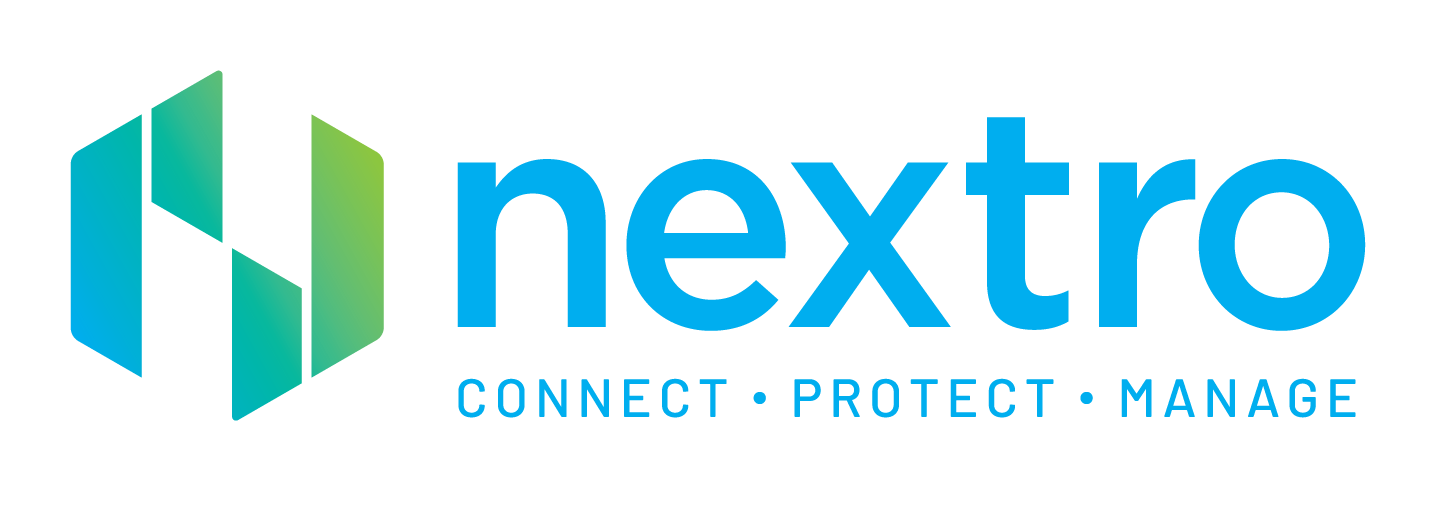The Internet of Things (IoT) is transforming the way we connect, monitor, and optimise security infrastructure. With a projected 30 billion IoT devices in use by 2030, organisations are increasingly leveraging these technologies to enhance efficiency, security, and data-driven decision-making.
In this article Nextro and Genetec explore how the Industrial Internet of Things (IIoT) is driving digital transformation in enterprise security—examining its distinction from consumer IoT, real-world applications in building automation, and its pivotal role in Industry 4.0, cloud adoption, and future-ready infrastructure.
A key subset of IoT is IIoT, which focuses on enterprise and industrial applications. Unlike consumer IoT—such as smart speakers and home automation—IIoT connects sensors, monitoring tools, and systems within businesses to streamline operations and improve physical security. With the global IIoT market expected to reach $1.74 trillion USD by 2030, this technology is a fundamental driver of the next industrial revolution.
What is IoT, and How Does It Differ from IIoT?
IoT refers to a network of interconnected devices that exchange data via the internet or other networks. This ecosystem includes everything from everyday smart devices to complex industrial security systems. IIoT, on the other hand, is specifically designed for enterprise environments, ensuring reliability, security, and efficiency in industrial processes.
Examples of IIoT applications include integrating video surveillance and access control with lighting and HVAC systems to improve automation and sustainability. Such implementations help organisations enhance building management and security while reducing operational costs.
Industry 4.0 and the Role of IIoT
We are currently in the Industry 4.0 era, where automation, AI, and IIoT are shaping the modern industrial landscape. This follows Industry 3.0, which introduced digital electronics and automation, and precedes Industry 5.0, which emphasises human-machine collaboration.
Forward-thinking businesses are adopting Industry 4.0 principles to improve resilience, streamline processes, and deliver superior customer experiences. By integrating IIoT technologies and AI-driven security solutions, companies are enhancing security, efficiency, and real-time decision-making.
Cloud Computing and IIoT Growth
The rapid adoption of IIoT is largely driven by cloud computing, which enables secure access to critical data from anywhere. Hybrid work models have accelerated this shift, requiring organisations to deploy flexible, cloud-connected security systems.
Cloud applications provide scalable data processing, storage, and analytics capabilities. Hybrid-cloud architecture solutions allow IT and security teams to modernise infrastructure while maintaining existing sensors and devices. This eliminates previous barriers to IIoT adoption and enhances operational agility.
Strengthening IIoT Cybersecurity
As the number of connected devices grows, so do cybersecurity risks. However, the perception that cloud-based solutions lack security is outdated. Leading cloud platforms now offer built-in cybersecurity tools that automate threat detection and compliance management, reducing the burden on IT teams.
To maximise IIoT’s benefits while ensuring security, businesses must invest in solutions that integrate cybersecurity from the outset. This includes encryption, access controls, and continuous monitoring to mitigate potential vulnerabilities.
Unifying IIoT Systems for Data-Driven Insights
Managing hundreds or thousands of IIoT sensors is only effective if organisations can process and analyse the generated data efficiently. Open-architecture and unified platforms bring together diverse security and operational systems, enabling seamless integration and automation.
For example, businesses can unify video surveillance, access control, and intrusion detection into a single system. Additional integrations—such as intercoms, building management, and automatic licence plate recognition—further enhance security and operational intelligence.
Real-World Applications of IIoT in Security
Organisations worldwide are using IIoT to enhance physical security and efficiency. Some notable examples include:
- Automating HVAC Airflow in Airports: Airports can use IIoT-enabled video analytics to adjust airflow in crowded areas, improving passenger comfort while reducing energy consumption.
- Sound Detection for Safety in Public Restrooms: Schools and universities can deploy IIoT-based sound detection to identify potential safety incidents, triggering alerts when distress words like “help” are detected.
- Illegal Dumping Detection in Cities: Cities can integrate IIoT cameras and motion detection to identify and address illegal dumping, leading to faster enforcement and reduced violations.
- Temperature Monitoring in Critical Areas: Hospitals and data centres can use IIoT sensors to monitor temperature-sensitive areas, ensuring compliance and preventing damage to valuable assets.
- Automating Building Controls for Sustainability: Organisations can link access control systems with building management to reduce energy consumption, activating heating, cooling, and lighting only when needed.
Unlocking the Potential of IIoT with Nextro
At Nextro, we help businesses harness the power of IIoT to create smarter, more secure environments. By integrating cloud computing, AI-driven analytics, and unified security solutions, we empower organisations to enhance security, efficiency, and sustainability.
The future of physical security lies in connected, intelligent systems that adapt to evolving threats and operational needs. With IIoT, businesses can unlock new efficiencies, automate critical processes, and make data-driven decisions with confidence.
Ready to explore how Nextro can deploy IIoT to transform your security strategy? Contact Nextro today.
See source material
https://www.genetec.com/blog/products/why-iot-matters-in-physical-security
